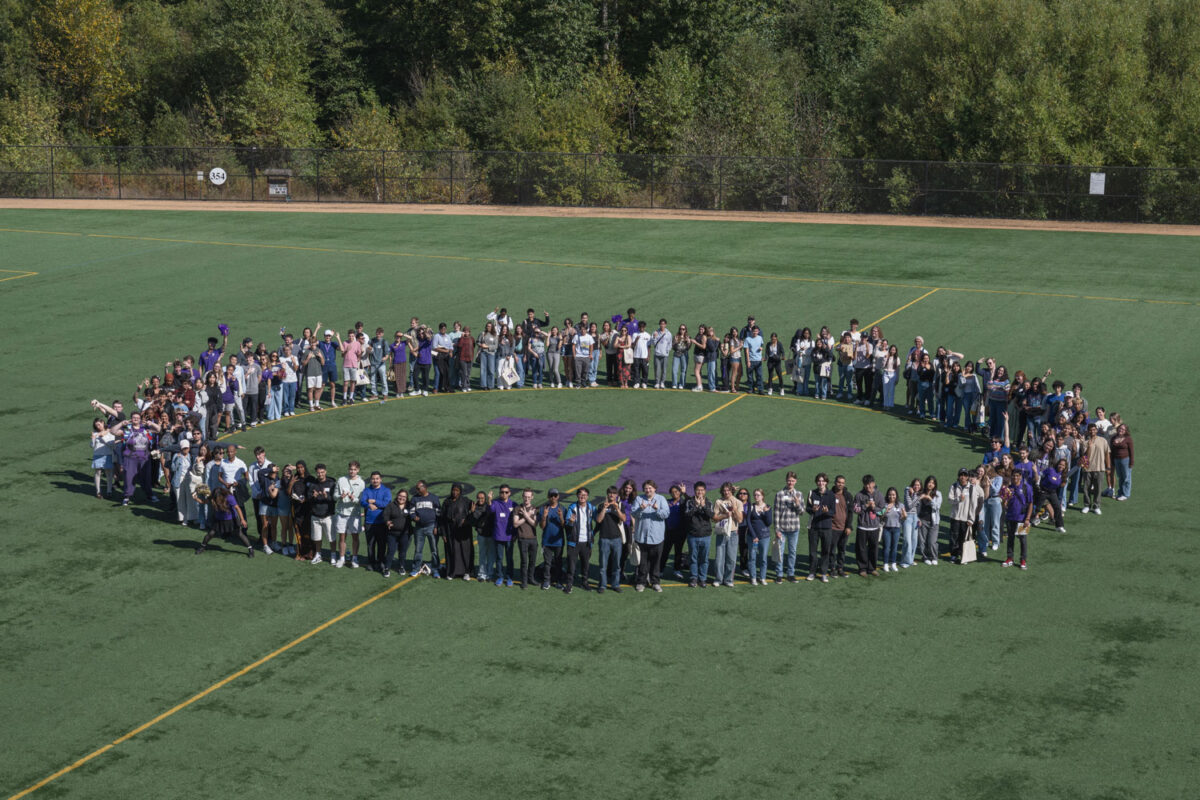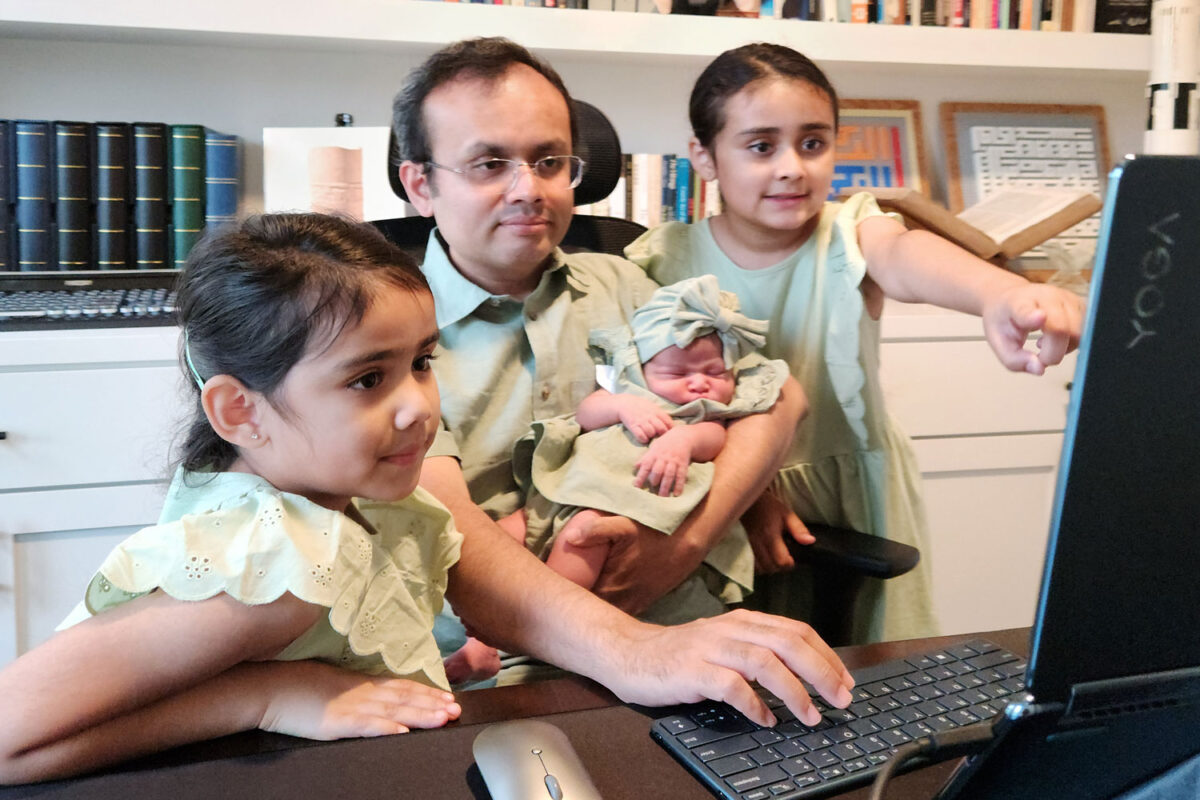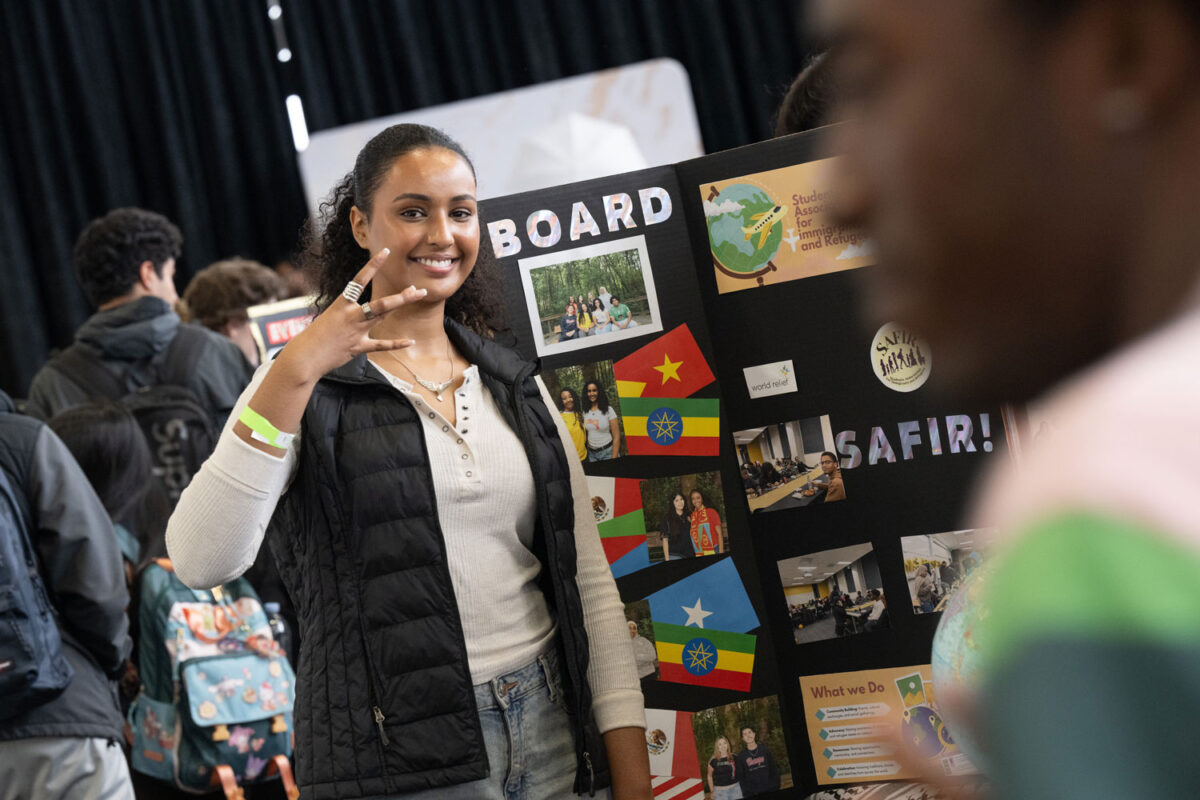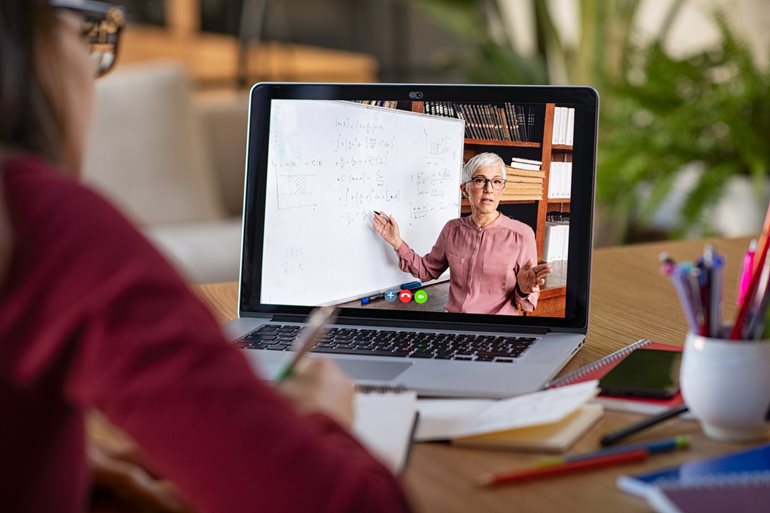
In a matter of a few weeks at the end of winter quarter, the University of Washington Bothell pivoted in the face of the coronavirus pandemic to put about 600 courses entirely online.
It was a remarkable adjustment by faculty, staff and students, although not anything anyone would have wished.
“It’s really not online learning that they experienced. It was emergency remote learning,” said Penelope Moon, acting director of online learning strategy. “On the other hand, a lot of people got a glimpse into the possibilities of online learning. I’m grateful for that.”
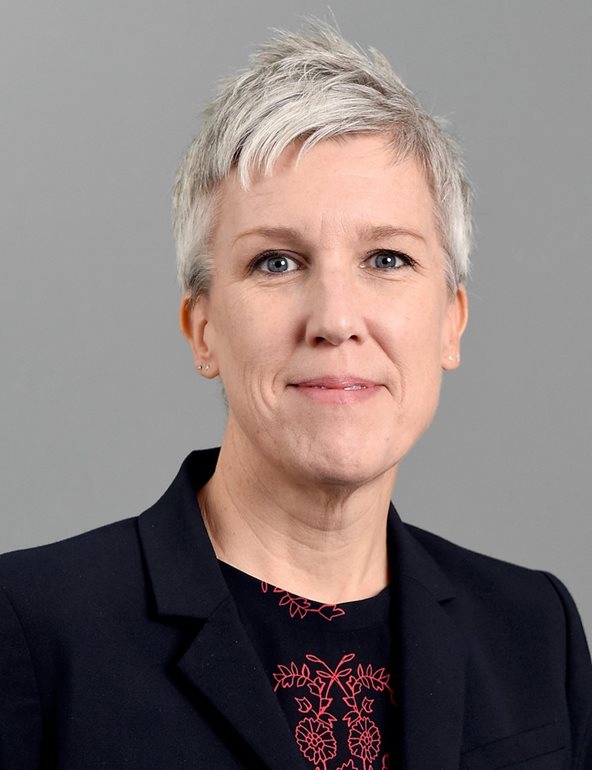
Autumn quarter is going to be a better experience, said Moon, because the faculty have learned from the spring experience and have much more time and resources to prepare. One example is Teaching Online 101, a workshop IT staff developed this summer in collaboration with faculty and deans.
More than 100 faculty members enrolled to improve their skills in designing course elements, using tools in the Canvas learning management system and teaching digitally. The course also offers ideas for fostering interactions and building community with and among students.
Committed to student success

Another example is a set of facilitators in each of UW Bothell’s five schools — experienced faculty who share their online teaching expertise. One is Jason Naranjo, a senior lecturer in the School of Educational Studies. He teaches special education and disability studies — “how we best meet the needs of learners with a range of abilities.”
Naranjo had experience in teacher education in remote areas before he joined UW Bothell in 2013, and he continued to teach hybrid courses, which blend in-person and online classes.
Along with another facilitator, Associate Professor Tyson Marsh, they created a couple of “shells” in the Canvas system and helped colleagues populate the models with their own content and assignments.
Some community-based courses, for example, had to be reconceived with students doing remote interviews. In the School of Education, students who would have been assigned to work with teachers inside K-12 schools were paired with teachers providing remote instruction for their pupils, Naranjo said.
Faculty are committed to meeting students where they are for the best education under the circumstances, Naranjo said, noting that the School of Educational Studies continues to support graduates who need more hours working with children to meet state certification requirements in special education.
It’s also still possible for faculty to have personal interactions with students, he reassures colleagues — and students.
“Those relationships are still able to be built. We have not gone away, and we are committed to your success,” he tells students. “Continue to make progress to the places you want to go.”
Good teaching is good teaching
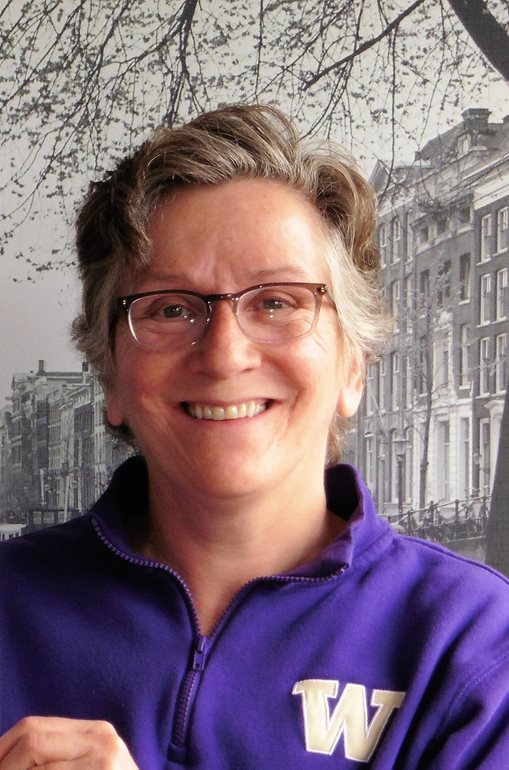
Robin Angotti, an associate professor of mathematics in the School of STEM, had helped develop an online master’s program at another university before she came to UW Bothell in 2007. Still confident in her technology skills, Angotti also is confident in her pedagogy.
“Good teaching is good teaching, whether it’s online or face to face,” said Angotti. Her advice? Don’t be a talking head. Facilitate conversation. Connect with students.
Angotti taught two statistics courses this summer that highlight the significant difference between synchronous and asynchronous remote learning. Synchronous requires everyone to be together at the same time and allows real-time interaction. Asynchronous allows students to access the same material at different times and progress at their own pace.
Angotti’s students wanted an asynchronous course because some of them were in Korea and Germany, and others had time conflicts with other courses. It’s more difficult to connect with students through asynchronous courses, said Angotti. She plans a synchronous-asynchronous blend in her fall precalculus course, so that everybody spends some time together.
As a facilitator, Angotti first helped colleagues with technical issues that can come with teleconferencing and then with the best ways to teach through a camera.
“One of my favorite things about this whole experience is that it got people talking about teaching in a way they haven’t,” she said. “Online is an alternate delivery system, but good instruction should be the same.”
Connections and confidence
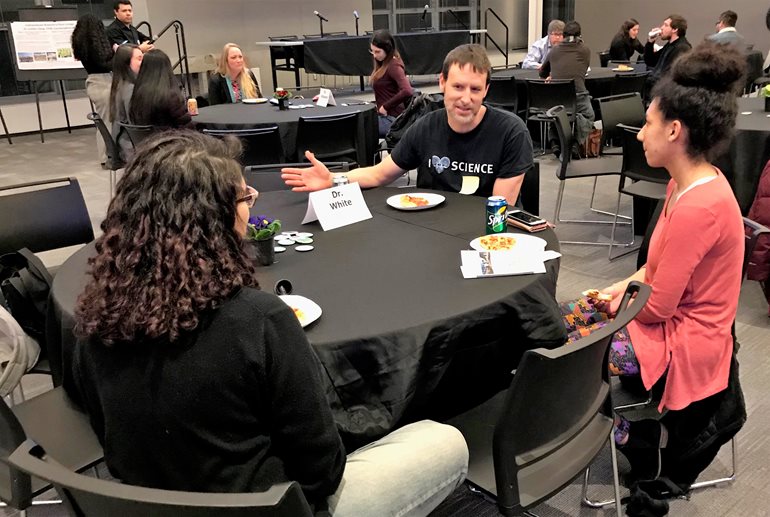
Another facilitator, Bryan White, a senior lecturer in biology in the School of STEM, had each of his students create a PowerPoint about themselves that was then shared with the rest of the class so students could get to know one another. He also referred to it before a 10-minute Zoom meeting he had with each student at the beginning of the quarter and before any other meetings or sending email.
White then built off the individual student meetings when he did 20-minute oral exams. “This helps me assess students in a more flexible way and meet them where they are currently at in their learning,” he said.
White also watches for any opportunity to strengthen bonds. “Anytime I feel a connection with students during a synchronous class or see connections they are making, I verbalize it and embrace it,” he said.
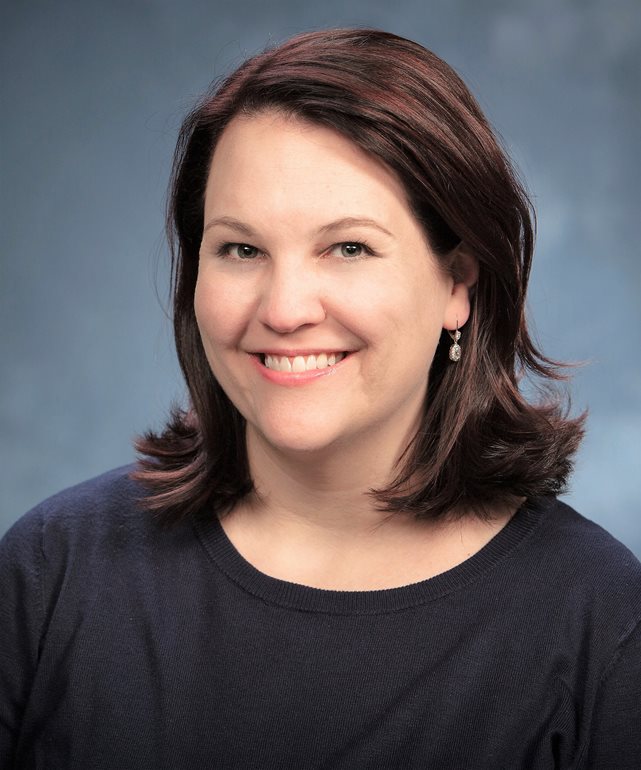
Stefanie Iverson Cabral, a lecturer in the School of Nursing & Health Studies, was part of a team of facilitators in the school. She had taught 100% online previously, but synchronous teaching was new for her.
Like many faculty members this summer, she has been participating in learning and training opportunities, including Teaching Online 101. “I have never taken an online class as a student, and this has been really helpful in my understanding of what it is like to go through a Canvas course.”
Looking ahead to autumn quarter, she said, these experiences will allow her and other faculty to be more thoughtful and strategic about how they engage students outside the traditional in-class experience.
“I feel more confident in my ability to deliver the content and help students learn, and more importantly, to support them holistically as they continue to navigate the stress and trauma they are currently experiencing,” Iverson Cabral said.
New opportunity
As more UW Bothell faculty have connected with students online, they have learned that it is another tool to use, said Moon, the online learning strategist.
After a challenging spring, students can expect better online learning experiences in the coming academic year, she said. Faculty have had more time to adapt their teaching skills to the new modality. Students also have demonstrated their flexibility, she added, and have access to tips, strategies and resources online.
“One of the best things we can all do to improve online teaching and learning is to accept that it is, and will always be, different from learning in a physical environment,” Moon said. “But, online learning environments can also open doors to new types of learning and interaction. That’s exciting.”
Teaching Online 101
The next Teaching Online 101 workshop runs Aug. 3 to Sept. 4. There’s also a self-paced version. Faculty can register here.

